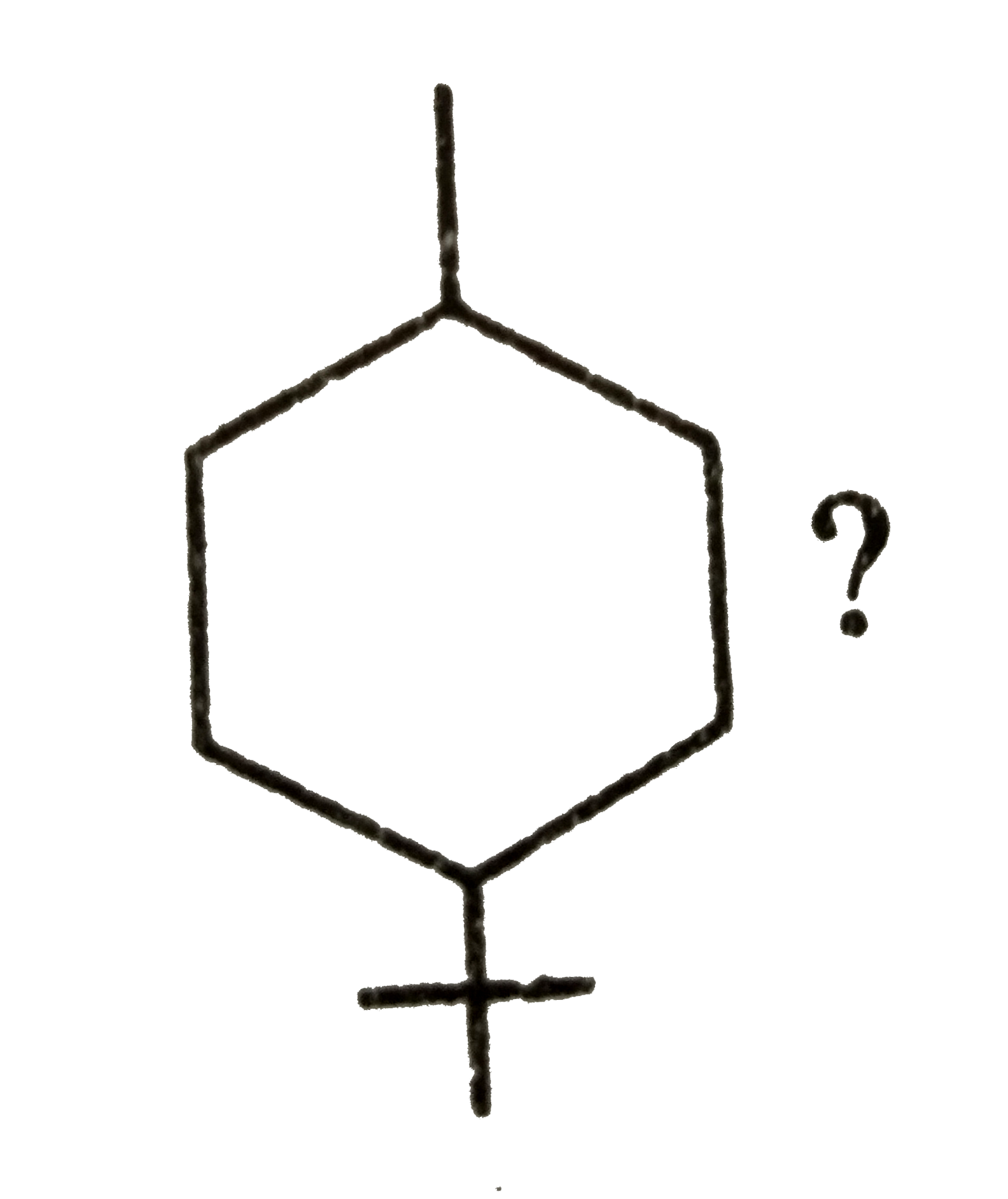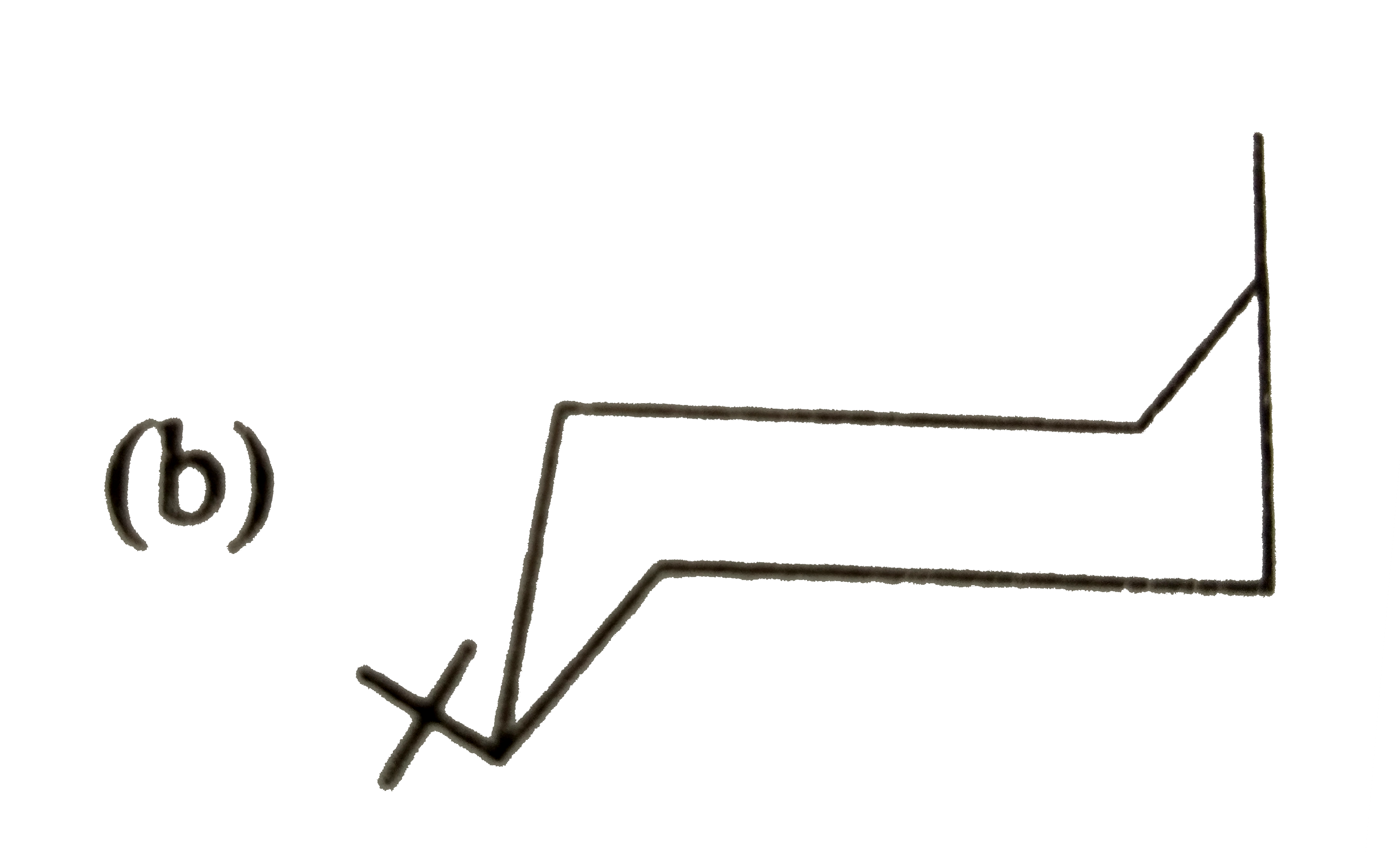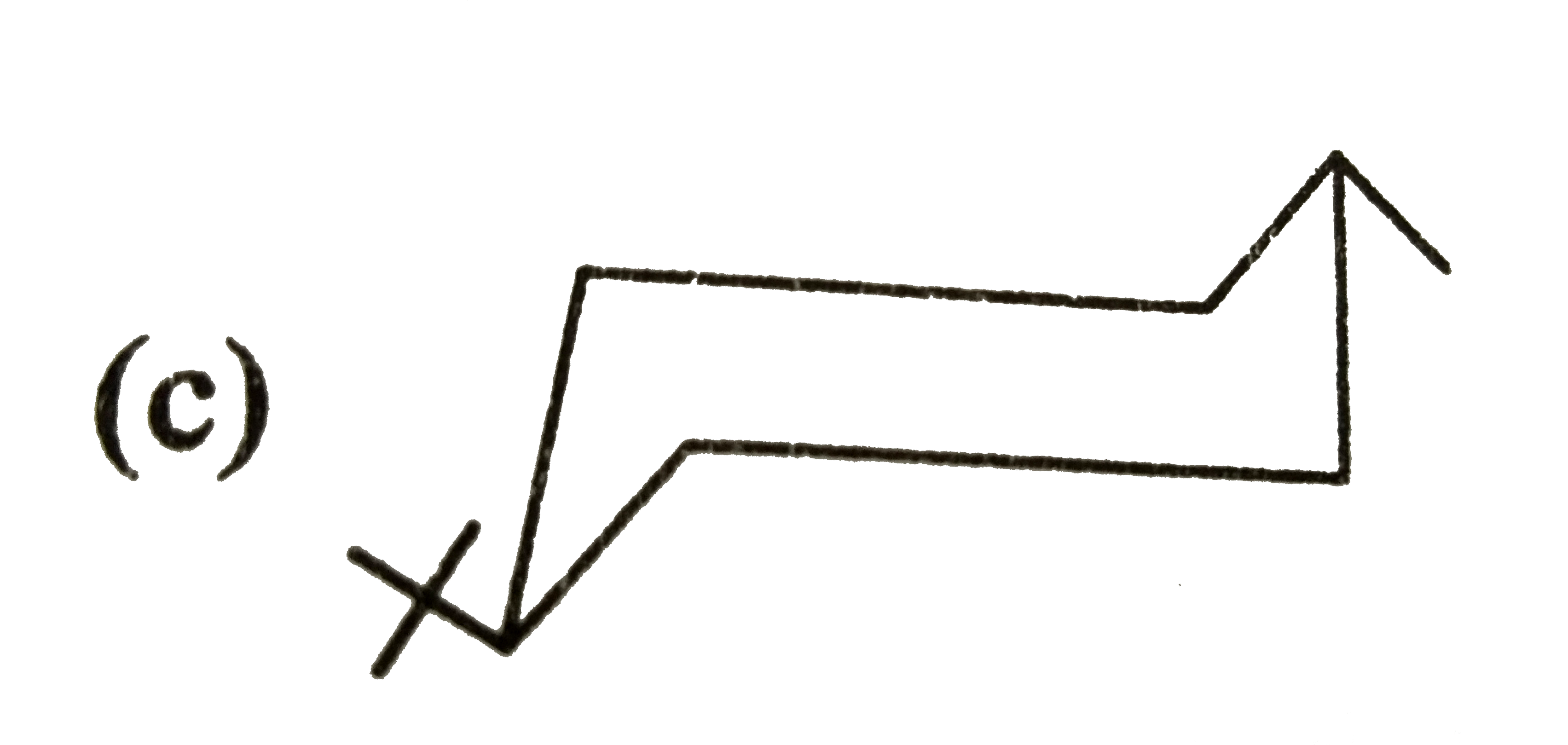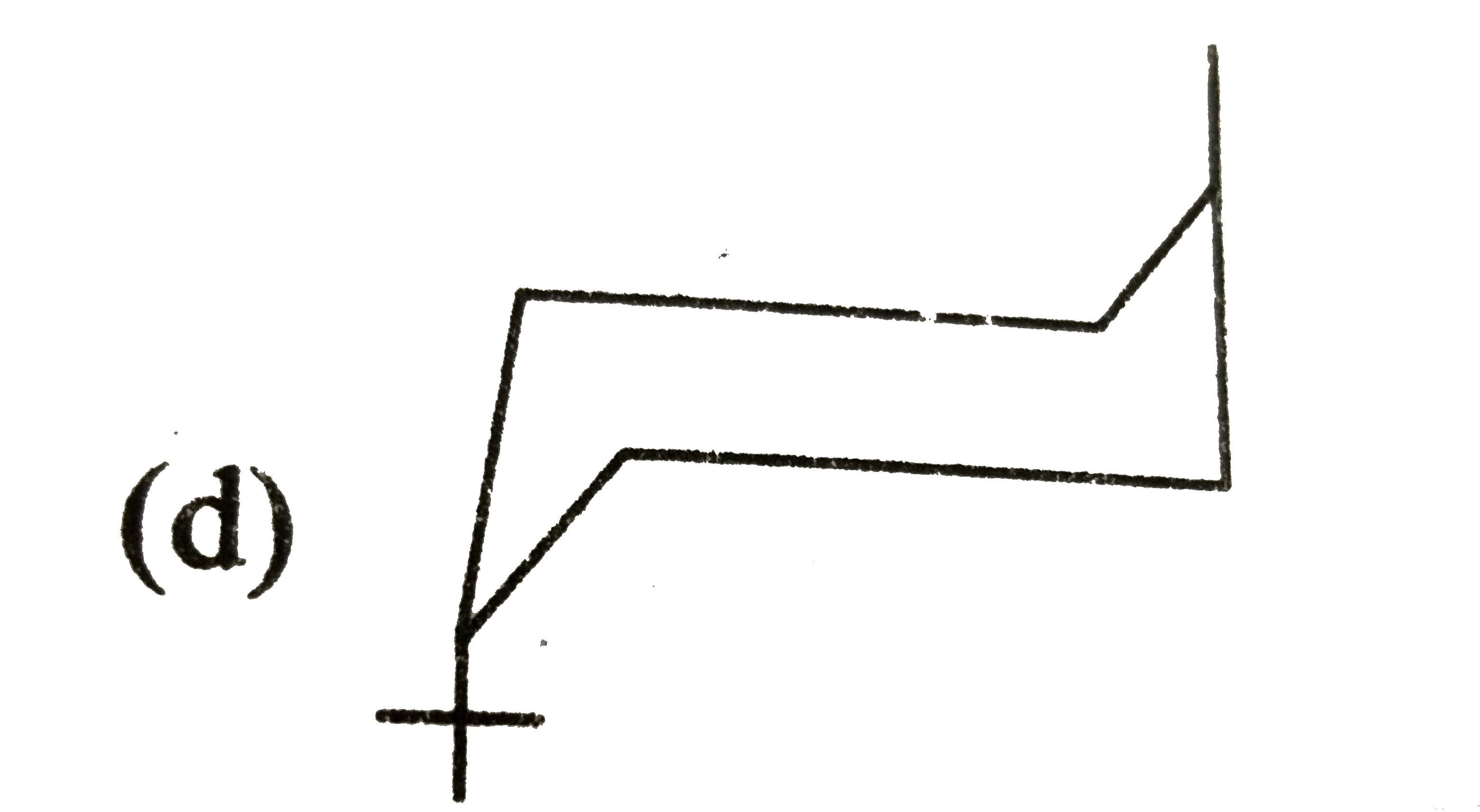Which of the following is the most preferred conformation of ethane molecule
Staggered
Skew
Eclipsed
None of the above
The correct Answer is:A
To determine the most preferred conformation of the ethane molecule (C2H6), we need to analyze the different conformations: staggered, eclipsed, and skew (or gauche) forms.
1. Understanding Ethane Structure:
- Ethane consists of two carbon atoms (C1 and C2) connected by a single bond, with each carbon atom bonded to three hydrogen atoms.
- The molecular formula is CH3-CH3.
2. Identifying Conformations:
- Staggered Conformation: In this conformation, the hydrogen atoms on the front carbon (C1) are positioned in such a way that they are as far apart as possible from the hydrogen atoms on the back carbon (C2). This minimizes electron repulsion.
- Eclipsed Conformation: In this conformation, the hydrogen atoms on C1 are directly aligned with the hydrogen atoms on C2. This arrangement maximizes electron repulsion due to the close proximity of the electron clouds.
- Skew (or Gauche) Conformation: This is an intermediate conformation where the hydrogen atoms are neither fully staggered nor fully eclipsed. The angle between the hydrogens is less than 60 degrees but more than 0 degrees.
3. Analyzing Stability:
- The staggered conformation is the most stable because it minimizes the repulsion between the electron clouds of the hydrogen atoms. The distance between the hydrogen atoms is maximized, leading to lower energy and greater stability.
- The eclipsed conformation is the least stable due to the high repulsion between the overlapping electron clouds of the hydrogen atoms.
- The skew conformation is more stable than the eclipsed but less stable than the staggered conformation.
4. Conclusion:
- The most preferred conformation of ethane is the staggered conformation due to its lower energy and minimized electron repulsion.
- Ethane consists of two carbon atoms (C1 and C2) connected by a single bond, with each carbon atom bonded to three hydrogen atoms.
- The molecular formula is CH3-CH3.
- Staggered Conformation: In this conformation, the hydrogen atoms on the front carbon (C1) are positioned in such a way that they are as far apart as possible from the hydrogen atoms on the back carbon (C2). This minimizes electron repulsion.
- Eclipsed Conformation: In this conformation, the hydrogen atoms on C1 are directly aligned with the hydrogen atoms on C2. This arrangement maximizes electron repulsion due to the close proximity of the electron clouds.
- Skew (or Gauche) Conformation: This is an intermediate conformation where the hydrogen atoms are neither fully staggered nor fully eclipsed. The angle between the hydrogens is less than 60 degrees but more than 0 degrees.
- The staggered conformation is the most stable because it minimizes the repulsion between the electron clouds of the hydrogen atoms. The distance between the hydrogen atoms is maximized, leading to lower energy and greater stability.
- The eclipsed conformation is the least stable due to the high repulsion between the overlapping electron clouds of the hydrogen atoms.
- The skew conformation is more stable than the eclipsed but less stable than the staggered conformation.
- The most preferred conformation of ethane is the staggered conformation due to its lower energy and minimized electron repulsion.
Topper's Solved these Questions
Similar Questions
Knowledge Check
- Question 1 - Select One
Which of the follwing is the most stable conformation of ethane?
ASkewBGaucheCStggeredDEclipsed - Question 2 - Select One
Which of the following is the most energetic conformation of cyclohexane?
ABoatBTwisted boatCChairDHalf-chair - Question 3 - Select One
Which of the following is the most stabilised conformer of
 ?A
?A B
B C
C D
D
In the following the most stable conformation of n-butane is
View SolutionWhich of the following is most stable conformation?
View SolutionWhich one following is the most stable conformer ?
View SolutionIn the following the most stable conformation of n-butane is :
View SolutionIn the following the most stable conformation of n-butane is:
View Solution

